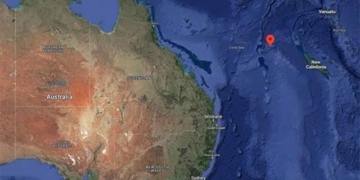Over the centuries, diving technology has seen significant advancements, yet humans have reached their limits, and it is now time for robots to take over this challenging task.
Approximately 363 million square kilometers, or more than 50% of the Earth, is covered by oceans. However, scientists’ understanding of what lies beneath the Earth’s surface is quite limited. Over the past few centuries, inventors, researchers, and naval forces have explored various ways to enhance human deep diving capabilities for the purpose of exploring the vast oceans.
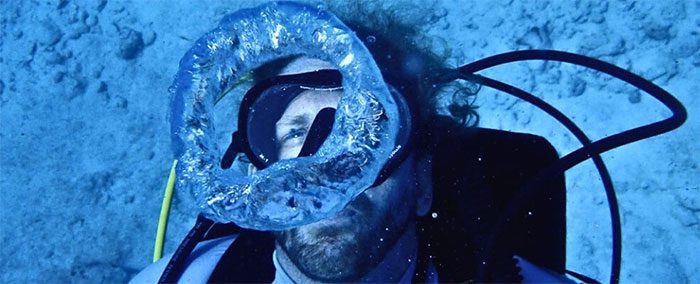
One of the challenges is that the ocean is very deep, and the deeper you descend, the greater the pressure on divers. At certain points, the ocean floor reaches depths of up to 10,668 meters. To put this in perspective, that is comparable to the altitude of commercial airplanes above the ground. Additionally, from a depth of 1,000 meters onward, light completely disappears at the ocean floor. (Photo: University Of South Florida).
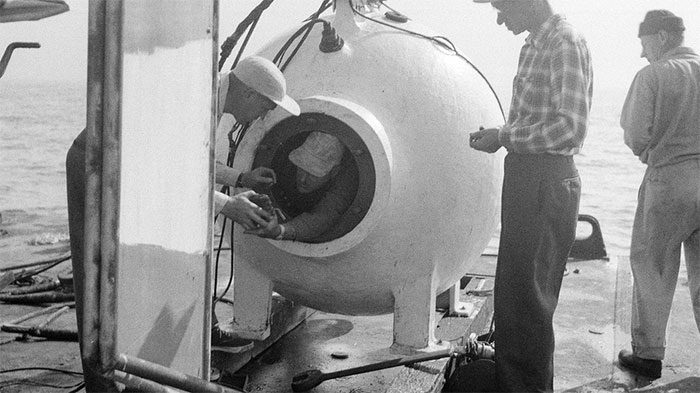
Despite the dangers, for centuries, humans have sought ways to explore beneath the ocean to discover shipwrecks, gather food, or find valuable materials such as pearls and sponges. (Photo: AP).

Humans could first stay underwater thanks to the diving bell. As early as 400 BC, Aristotle mentioned the diving bell. By 1690, a man named Edmund Halley patented a diving bell with an air tube leading to the diver. Essentially, the diving bell is a solid chamber lowered into the sea, allowing a person to sit and breathe, swim out, and return when they need more air. (Photo: Wikimedia).

In 1827, the first diving suit was invented by Augustus Siebe, an English engineer, by taking a copper fireman’s helmet and attaching it to the diver’s head. The first version of this diving suit was quite rudimentary, as if the diver moved incorrectly while underwater, water would flood into the helmet. (Photo: The Illustrated London News).

Siebe later improved this deadly flaw with a waterproof version attached to the diver’s suit. Consequently, the diver was connected to the surface by tubes. A team onshore would pump air down from above. Upon completing their task, they could close a valve on the suit, and the pumped air would fill the suit, allowing the diver to float back up. (Photo: Alamy).
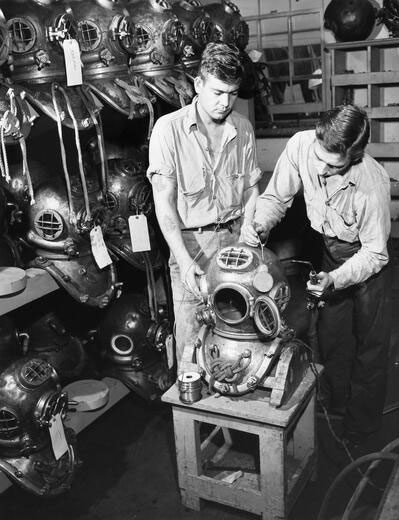
For many decades afterward, diving suits were often bulky outfits made from heavy materials like canvas, equipped with large metal helmets, lead belts weighing around 27.2 kg, and lead-soled shoes weighing about 8.1 kg. (Photo: Alamy).

The suits often made divers clumsy until they could get into the water. However, they allowed divers to move comfortably while at the ocean floor, recovering items and exploring wrecks, as well as seeking out the deeper parts of the ocean that remained unknown. (Photo: Alamy).

Even so, divers were still limited by the depths they could reach underwater. In 1878, experts first recognized the decompression sickness, a potentially lethal condition where nitrogen bubbles expand in the diver’s blood if they return to the surface too quickly. (Photo: Shutterstock).

By the early 20th century, armed forces worldwide began training professional diving teams. Notably, starting in 1912, in response to the growing threat of German military submarines, the U.S. Navy launched a program to improve deep diving methods. Between 1912 and 1915, naval divers increased the depths they could dive from about 18.2 meters to 83.5 meters. (Photo: Alamy).

In 1930, the world’s first deep-sea dive occurred off an island named Nonsuch. Here, divers descended into the ocean in a spherical submersible (Bathysphere), essentially a large steel ball with three small quartz windows for visibility. (Photo: Alamy).
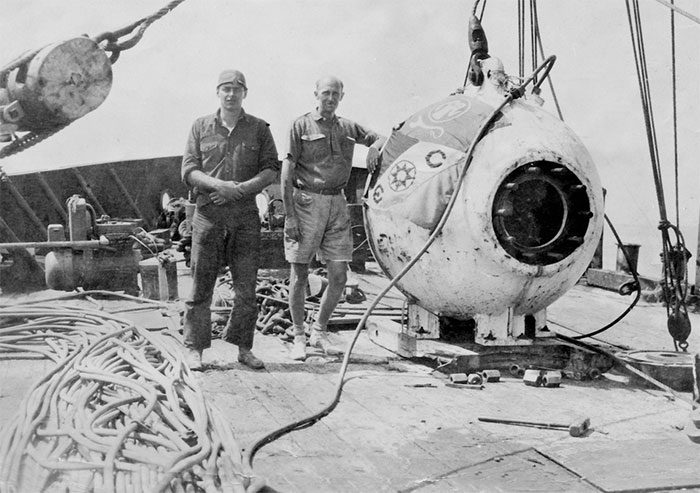
Two participants in this historic journey were engineer Otis Barton and marine biologist William Beebe. With the windows, both could observe what was at the ocean floor and document it. The dive was successful, and upon returning to the surface, Beebe was forever changed. The marine biologist believed that the yellow of sunlight “could never be as wonderful as the blue of the ocean.” They also discovered over a dozen new fish species, but these had to be illustrated as it was very difficult to take photographs through the small windows of the submersible. (Photo: Alamy).
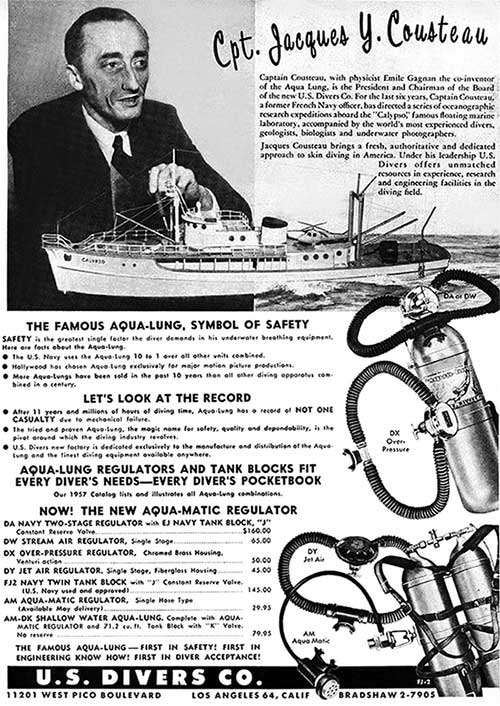
During this period, personal diving suits underwent continuous innovations. In 1942, French diver Jacques-Yves Cousteau introduced the Aqua-Lung (double-hose regulator) for the first time. Cousteau’s invention was based on an automotive regulator, allowing divers to release air as they attempted to breathe. (Photo: Jake’s Rolex World).
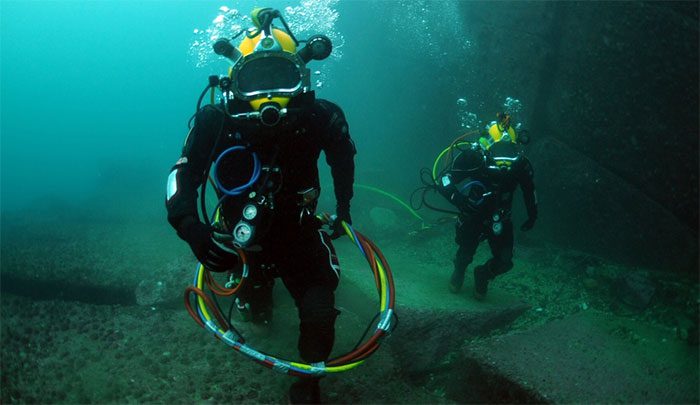
With the Aqua-Lung, deep-sea diving made a significant leap forward as it allowed divers to control their own breathing. By the 1950s, regulatory agencies widely adopted this equipment. The tremendous advancements in science and technology enabled divers to dive deeper in their quest to explore the oceans. However, ultimately humans seem to have reached their limits. To date, no one has been able to break the record set in 1988 for the deepest dive without being in a submarine, which is 534 meters. (Photo: U.S. Navy).

Instead, the transition to using technology has begun. In 1985, a deep-sea robot captured footage of the Titanic wreck for the first time. Since then, the utilization of deep-sea robots has surged. More than 30 years later, it is estimated that around 10,000 robots are used for ocean research and oil drilling purposes. Compared to humans, robots can stay underwater longer, dive deeper, and most importantly, can send back collected information immediately. (Photo: Ken Kiefer).
















































